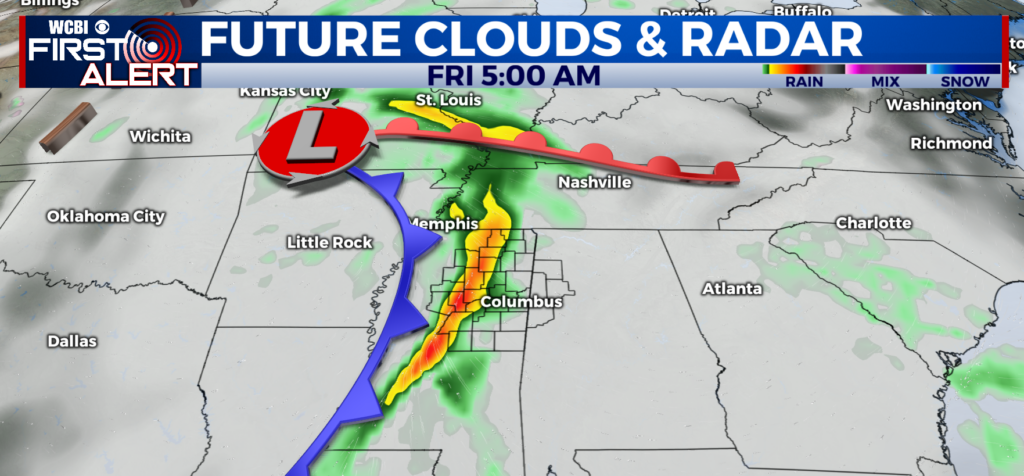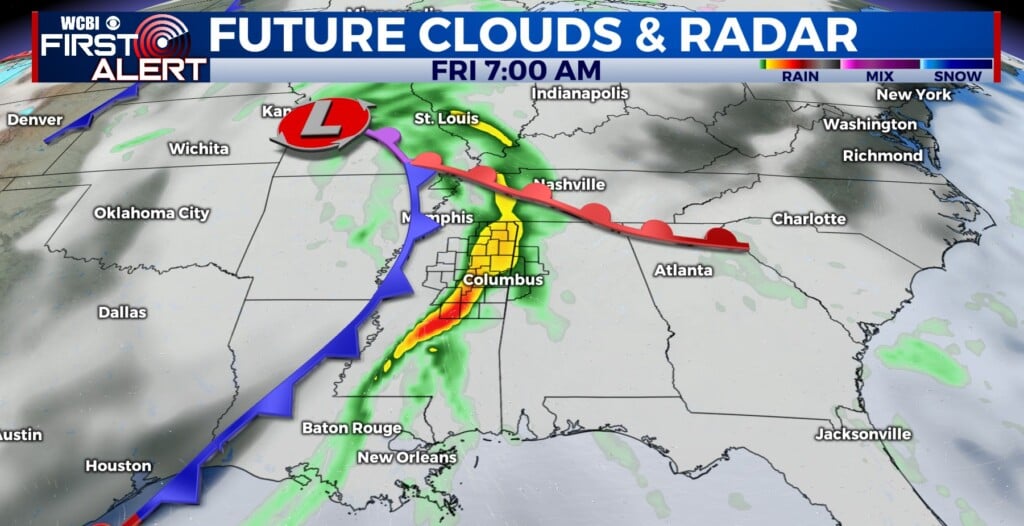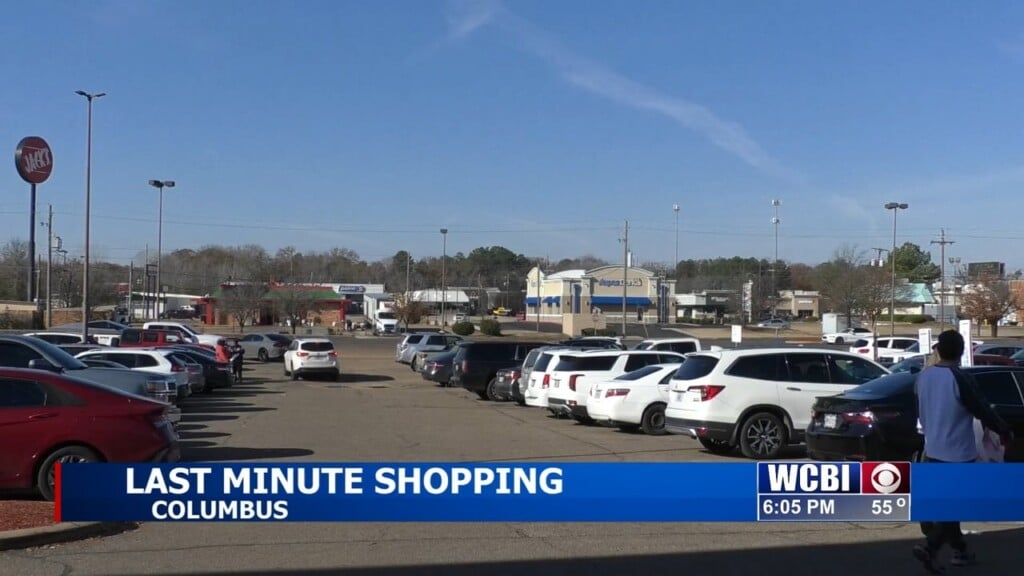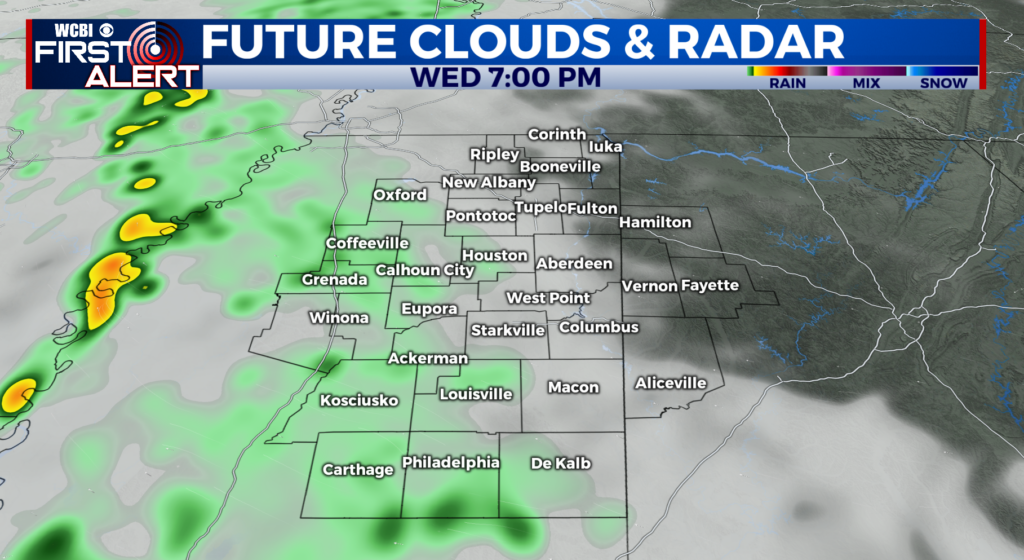Video: Rail Line Reopens After Aliceville Derailment
[bitsontherun kJVYcGpu]
BY THE ASSOCIATED PRESS
ALICEVILLE — A railroad reopened a section of track 10 days after the fiery derailment of a train carrying crude oil in west Alabama, but state environmental officials said Monday they still don’t know how much oil spilled into surrounding wetlands.
While aerial photos taken by an environmentalist show what appeared to be large areas of oil in a marshy area at the wreck site, state regulators said the extent of the spill was difficult to compute. At least 8,000 gallons of oily water have been removed from the scene, authorities said, adding more remains.
A train composed of 90 tank cars carrying crude oil derailed near Aliceville on Nov. 8, catching fire and spilling crude oil. The area is near a creek that flows into the Tombigbee River.
The Connecticut-based Genesee & Wyoming said the first train to pass the site since the accident got through Sunday night. Authorities have continued to remove damaged rail cars and clean up the area.
Environmentalist John Wathen flew over the crash site Thursday and snapped photographs that appear to show large areas of black liquid floating atop backwaters around the scene.
Wathen said he counted two dozen damaged tank cars still at the scene, and the railroad said each tanker was loaded with about 30,000 gallons of crude being taken from Amory, Miss., to Walnut Hill, Fla.
“There’s at least several thousand gallons of oil in the water,” Wathen said.
The train was hauling some 2.7 million gallons of oil, based on the railroad’s figures.
The company and state have said they were uncertain how much oil spilled because of a large fire that burned for hours after the derailment. Some cars derailed but lost little or no oil, the state said, while photos show other tankers with large holes that would have released petroleum.
Jerome Hand, a spokesman with the Alabama Department of Environmental Management, said crews have removed 7,984 gallons of oil and water at the scene by skimming the top of the water for petroleum, but it’s unclear how much of that was oil alone. Workers relied on floating booms to soak up oil in the first days after the accident, he said, but the state doesn’t know how much was absorbed.
Genesee & Wyoming said the derailment happened near a 60-foot-long, 10-foot-high wood trestle, which was underneath the derailed cars.
The cause of the accident is under investigation.
Water near the crash site empties into an unnamed tributary that flows into Lubbub Creek, which in turn drains into the Tombigbee, said Wathen, of the group Hurricane Creekkeeper.
Wathen said he saw no evidence that oil had reached the Tombigee, which is about 3 miles downstream, but he cautioned that rains could cause flooding that would spread the contamination.





Leave a Reply